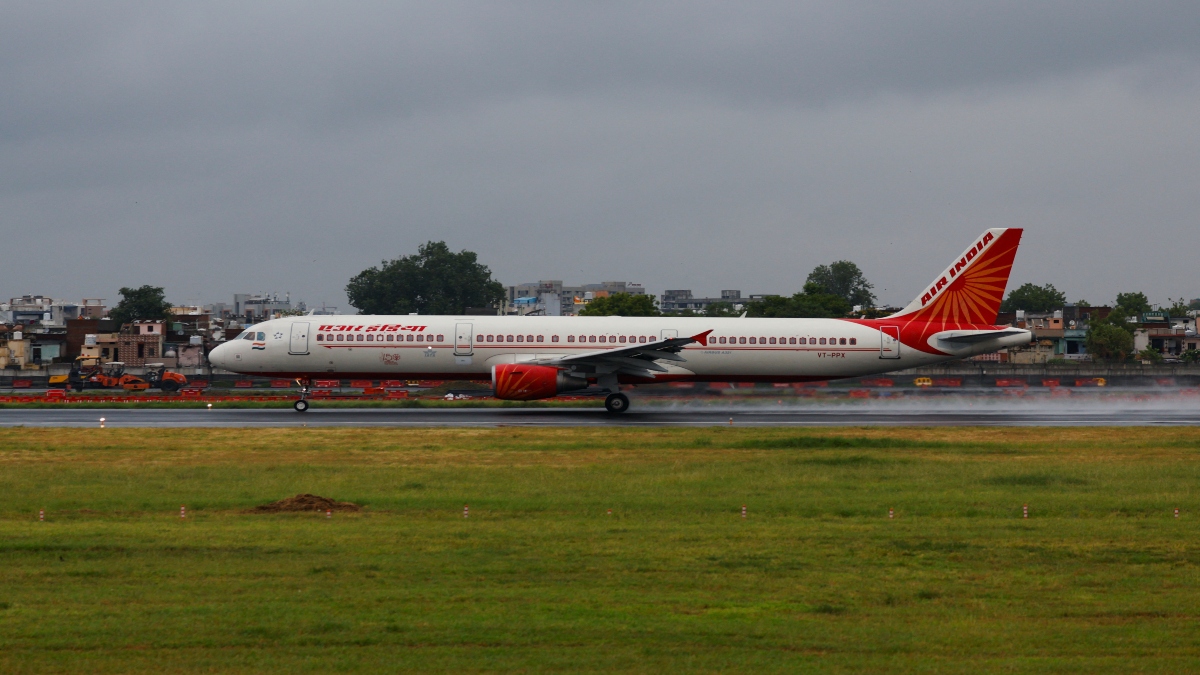Air India has completed an inspection of the locking mechanism on the fuel switch control switches on its Boeing 787 aircraft, concluding that there are no issues with the system.
The Aircraft Accident Investigation Bureau (AAIB) last week released its preliminary report on the crash of the Air India Dreamliner from Ahmedabad to London, blaming faulty fuel switch control switches that led to a dual engine shutdown.
DGCA on Monday directed airlines to inspect the fuel switch locking system in their Boeing 787 and 737 planes, two days after AAIB’s preliminary report said fuel switches were cut off before the Air India plane crashed last month.
Meanwhile, an investigation into the crash is currently ongoing as the AAIB tries to ascertain whether a technical snag led to a fuel control switch malfunction, causing the Ahmedabad crash that killed 260 people in June.
What has the inspection found?
An airline official said, “Over the weekend, our Engineering team initiated precautionary inspections on the locking mechanism of Fuel Control Switch (FCS) on all our Boeing 787 aircraft. The inspections have been completed and no issues were found.”
The official also highlighted that all Boeing 787-8 aircraft in the fleet are equipped with the Throttle Control Module (TCM), which was replaced under Boeing’s maintenance schedule, and the FCS was part of this module.
Fuel control switches manage the fuel flow to an aircraft’s engines. According to the AAIB’s preliminary investigation report released on Saturday, fuel supply to both engines was shut off within a second of each other, leading to confusion in the cockpit shortly after takeoff.
One engine failure per month
Right to Information (RTI) data accessed by TOI shows Indian flights underwent 65 in-flight engine shutdowns since 2020, while pilots made 11 “mayday” distress calls in the last 17 months.
The RTA query answered by the Directorate General of Civil Aviation (DGCA) says, “A total of 65 incidents related to in-flight shutdown of engines from 2020 to 2025 (till date) were reported across India.”
Quick Reads
View AllIn all 65 cases, pilots successfully guided their aircraft to the nearest airport using a single functioning engine. Experts link the engine shutdowns to various technical issues, including low fuel, turbine malfunctions, and faulty electronic components.
)